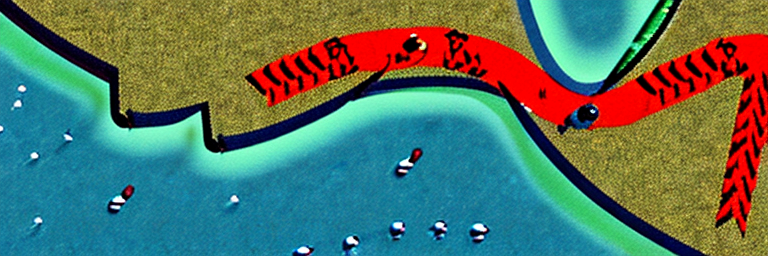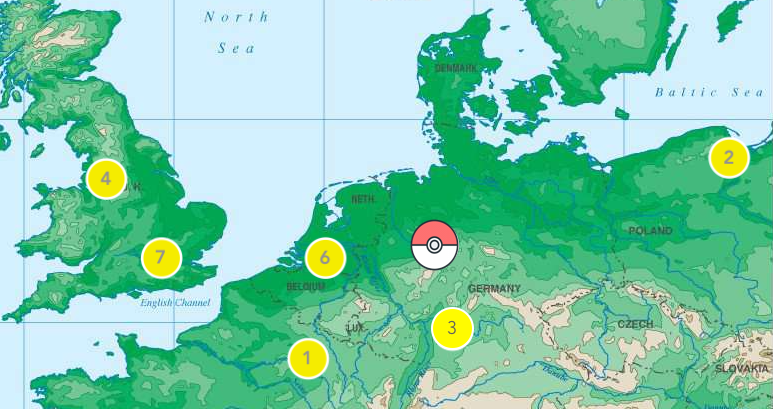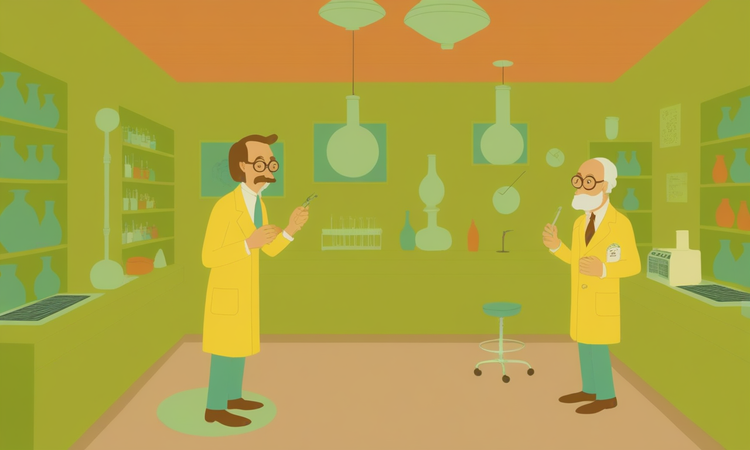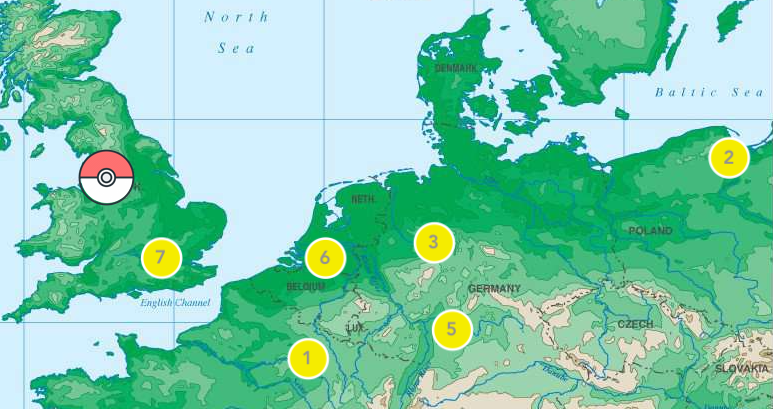The designer’s evolution
Curtain. Lights up on the eager young designer.
• Act 1: I want to tackle the most complex, daunting problems that the world can throw my way, because that is interesting and will prove that I am interesting; FURTHERMORE, so that others can fully recognize and appreciate how complex and daunting this problem was and how difficult for me to solve, my solution will also be dazzlingly complex such that only those who can truly appreciate it will be able to understand it.
• I tease gently, but I definitely don’t judge. We all have to go through this phase, especially if we actually want to do meaningful work. You don’t just become Paul Rand right away. I don’t even think Paul Rand became Paul Rand right away.
• Act 2: I want to tackle the most complex, daunting problems that the world can throw my way, but the world doesn’t have enough people who can truly appreciate my work, so I’m going to dumb it down a little bit.
• How quickly you blow through this phase may be a test of - if not how good a person you are - maybe, how good a designer?
• Act 3: I want to solve interesting and novel problems, and I want people to actually be able to benefit from my solutions, so I’m going to hide as much of the complexity on the backend as possible and make the front end so mind numbingly simple to use that people will have almost no choice but to use it and appreciate it.
• Sadly, most projects reach here and - dare I say it - many designers don’t aspire to anything more than this.
• Act 4: I do not want to be the lone tortured genius. I want to create things that provide meaning rather than just ease. I can create complexity on the backend, and I can make that complexity discoverable such that others can engage with it and find ways to do new and interesting things with it.
• The truth is not everything can actually reach Act 4. For some projects, achieving ease really is enough, but too often we can allow ourselves to uphold “ease” as the principal virtue and the greatest achievement of a transcendent experience. Which also isn’t to say that “ease” is absent from those designs at Act 4. The crucial difference, though, is Act 4 ease is in service of something greater. We allow ease where friction will distract from the true intent.
Fin.
Just a little something on my mind that I thought might pair well with Smart People Want To Be Smart.
Two great reads this week (and one great listen):
- How My Brain-Damaged Mother Changed How I Look at Interface Design. It challenges a lot of the reigning conventions of minimalism and is especially interesting with regard to thinking about the elements of learnability in an interface and just how far we might consider going if we want to prioritize accessibility.
- Robert A. Caro on the means and ends of power. Transparently, I’m not sure this article has anything to do with education or product, but as a portrait of vision and commitment and how that translates into lifelong growth it’s pretty compelling (and, yeah, that’s straining a bit…but it’s worth a read
- Froebel’s Gifts. Oh, I’m sorry - is 99% Invisible doing an episode about a nearly 150 year old educational product? Yes, I do believe I’ll listen to that. Oh, will this lead to me trawling internet archives to find 200 year old manuscripts? It will! Sign me right up.





